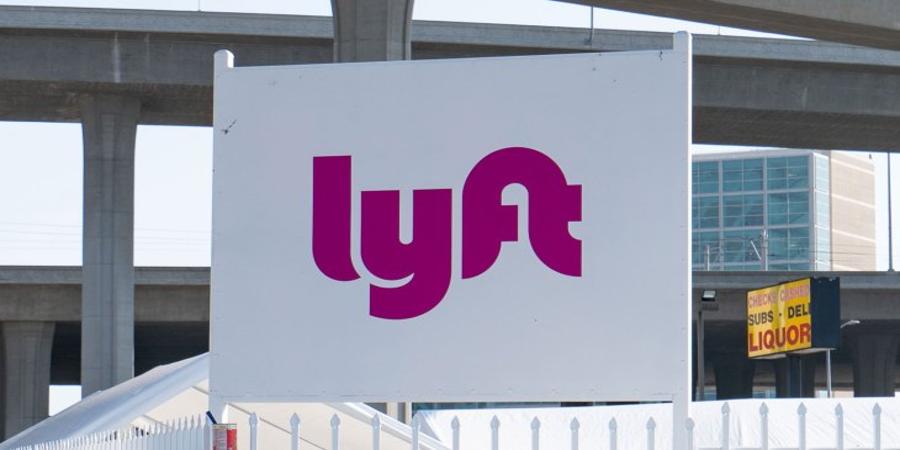Lyft made less money per active rider in the second quarter — something that might normally give investors pause. Yet, the ride-hailing giant’s stock price initially rocketed nearly 14% in after-hours trading following its Q2 2023 earnings report. The stock then shed its after-hours gains shortly before this story went live.
The company’s enthusiastic investors seemed to be reacting to its positive outlook for its third fiscal quarter. While Lyft’s Q2 revenue matched Wall Street estimates of $1.02 billion — a mere 2% increase from the $1 billion in revenue Lyft pulled in Q1 — the company forecasted a gain of 11% to 13%, or $1.13 billion to $1.15 billion, in Q3. According to Yahoo Finance data, analysts only expected Lyft to reach $1.09 billion next quarter.
Lyft’s revenue per rider decreased almost 5% quarter-over-quarter, a result of the ride-hailing giant’s attempt to keep fares low to compete with Uber. The upshot? Lyft saw its number of active riders increase in the second quarter to 21,487 riders, up from 19,552 in the first quarter.
But as TechCrunch noted in Q1, the question still remains as to whether this price cutting will drive enough ride volume gains to allow Lyft to return to substantial growth.
Cost-cutting is Lyft’s friend now, as well as in the future. It’s possible that Lyft’s ability to trim the fat in the second quarter, something Lyft’s new CEO David Risher promised would happen when he took over in April, also initially motivated investors.
In Q2 2023, Lyft’s net loss was $114 million, down from the $377.2 million it recorded a year ago and the $187.6 million it saw in Q1 2023. The company’s recent cost cutting reportedly included laying off 1,200 workers in the second quarter.
Lyft plans to reduce its overall cost footprint in 2023 by about $330 million annually. The firm also aims to change how it compensates employees, reducing share-based compensation in 2023 to $550 million, down from $750 million in 2022. In 2024, that’ll drop to $350 million. Those reductions could help combat dilution at the company.
On an adjusted basis, Lyft pulled in $41 million. That’s up from $22.7 million in Q1 2023, but still down from the adjusted EBITDA for Q2 2022 of $79.1 million. That said, Lyft beat its own estimates of $20 million to $30 million.
Lyft closed the quarter with $638.4 million in cash and cash equivalents — an improvement from Q1’s $509.6 million.
In Q3, Lyft aims to meet an adjusted EBITDA of between $75 million and $85 million.
Source @TechCrunch



